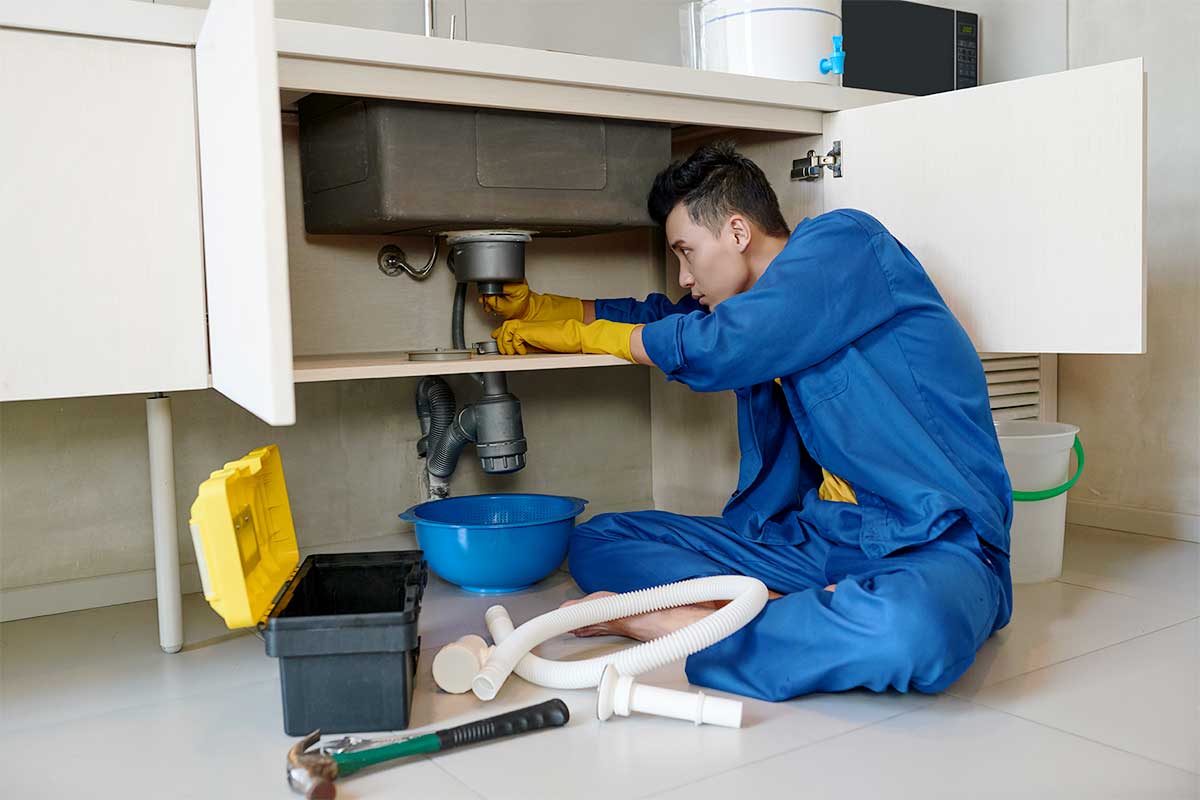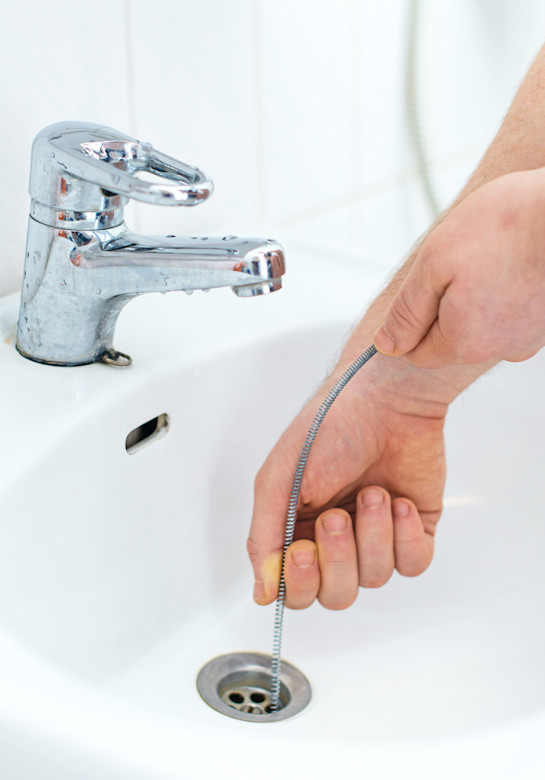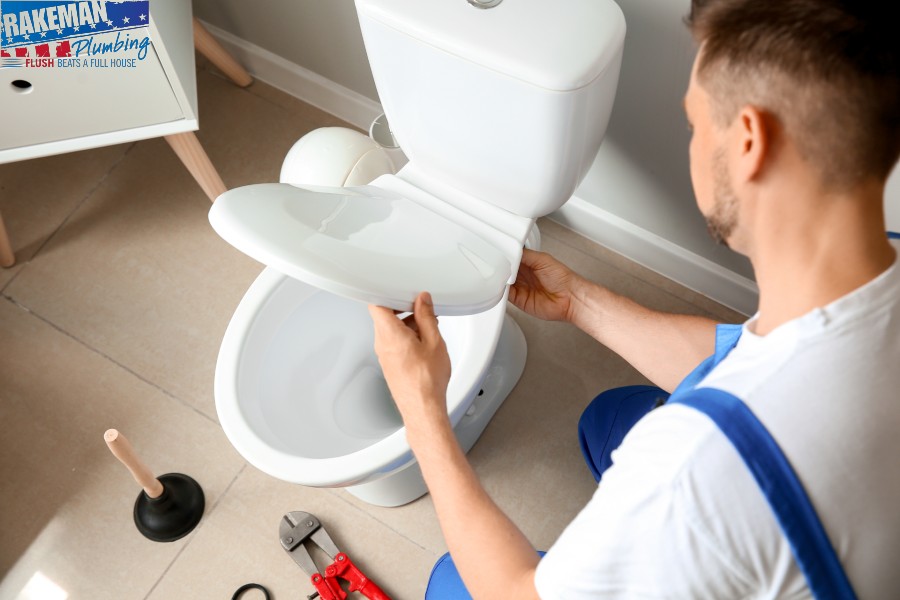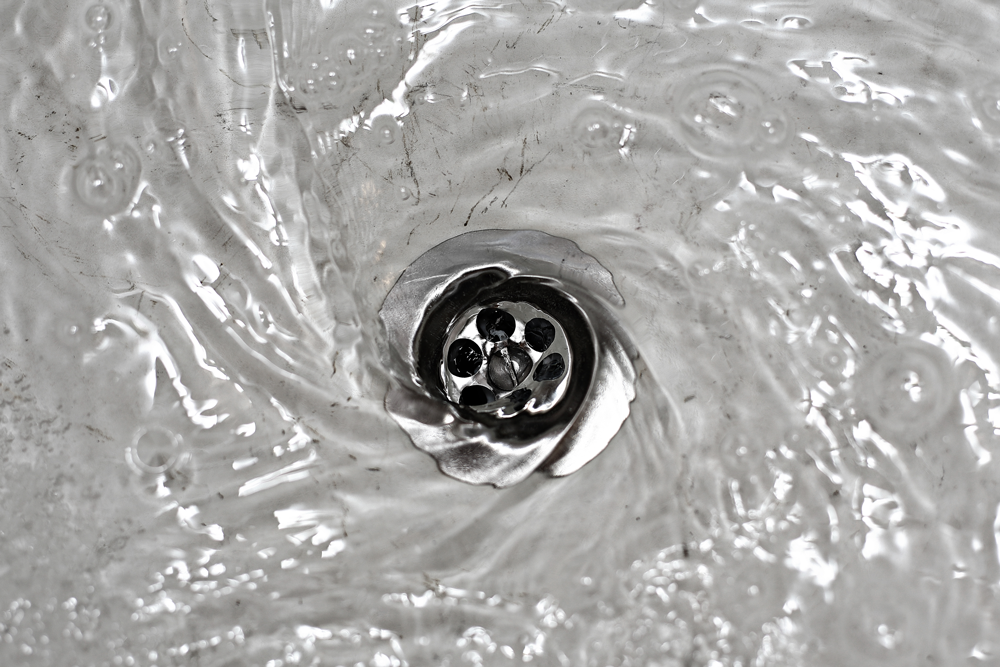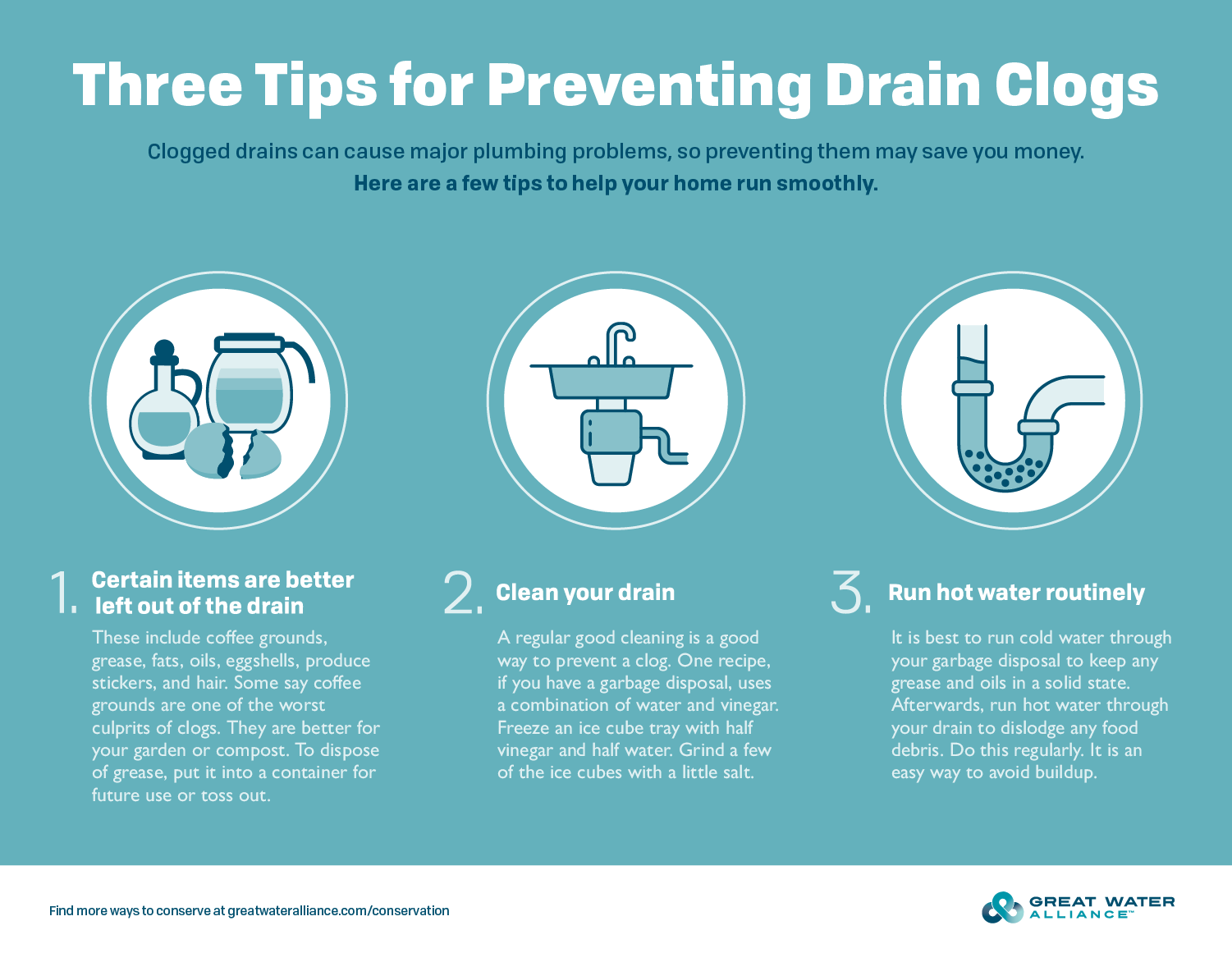Unclogging a Bathroom Sink
Dealing with a clogged bathroom sink can be a frustrating and unpleasant experience. Whether you have one sink or both of your bathroom sinks clogged, it can disrupt your daily routine and cause a mess in your bathroom.
But don't worry, unclogging a bathroom sink is not as difficult as it may seem. With the right tools and methods, you can easily fix the problem and have your sinks draining smoothly again. In this article, we will discuss the top 10 ways to unclog both bathroom sinks and get them back to working condition.
How to Fix a Clogged Bathroom Sink
Before we dive into the solutions for unclogging bathroom sinks, it's important to understand the common causes of clogs. Hair, soap scum, and toothpaste buildup are the main culprits for clogged bathroom sinks. These substances can accumulate over time and block the drain, preventing water from flowing freely.
If your bathroom sink is already clogged, here are some effective methods to fix the problem:
DIY Bathroom Sink Clog Solutions
1. Use a plunger: Plunging can often dislodge the blockage and clear the clog. Make sure to cover the overflow drain with a wet cloth and plunge vigorously for a few minutes.
2. Boiling water: If the clog is caused by grease or oil buildup, pouring boiling water down the drain can help break it down and clear the clog. Be careful when handling boiling water and avoid using this method if you have PVC pipes.
3. Baking soda and vinegar: This homemade solution is a popular and effective way to unclog bathroom sinks. Pour half a cup of baking soda down the drain, followed by half a cup of vinegar. Let it sit for 10-15 minutes, then pour hot water down the drain to flush it out.
4. Wire hanger: Straighten out a wire hanger and use it to remove any visible blockages in the drain. This method is best for hair clogs.
Clearing a Clogged Bathroom Sink Drain
If the above DIY methods don't work, you may need to remove the clog manually. Here's how you can clear a clogged bathroom sink drain:
1. Remove the drain stopper: Most bathroom sink drains have a stopper that can be easily removed by unscrewing it or pulling it out. Once the stopper is removed, you can access the drain and remove any debris or buildup.
2. Use a plumbing snake: A plumbing snake, also known as an auger, is a long and flexible wire that can be inserted into the drain to dislodge and remove any clogs. Insert the snake into the drain and twist it to catch any debris. Then, pull it out to remove the clog.
Tips for Unclogging Both Bathroom Sinks
If both of your bathroom sinks are clogged, it's best to use a plunger or a plumbing snake to clear the clog. However, to prevent further clogs, here are some tips you can follow:
1. Use a drain cover: Placing a drain cover over your sink can prevent hair, soap scum, and other debris from going down the drain and causing clogs.
2. Regularly clean your sink stoppers: Hair and other debris can accumulate on sink stoppers, causing clogs. Make sure to clean them regularly to prevent clogs from forming.
3. Avoid pouring grease and oil down the drain: Grease and oil can solidify and block your pipes, causing clogs. Dispose of them in a separate container and throw them in the trash instead.
Common Causes of Clogged Bathroom Sinks
As mentioned earlier, hair, soap scum, and toothpaste buildup are the primary causes of clogged bathroom sinks. However, there are other factors that can contribute to clogs, such as:
1. Old and corroded pipes: Over time, pipes can become corroded and narrow, making it easier for debris to get stuck and cause clogs.
2. Flushing non-flushable items: Flushing items like wet wipes, dental floss, and cotton balls down the toilet can cause clogs in the bathroom sink as they can easily get caught in the pipes.
3. Tree root intrusion: If you have trees on your property, their roots can grow into your pipes and cause blockages, resulting in clogged bathroom sinks.
Using a Plunger to Clear Clogged Bathroom Sinks
A plunger is a simple and effective tool for unclogging bathroom sinks. To use a plunger, follow these steps:
1. Cover the overflow drain with a wet cloth to create a seal.
2. Place the plunger over the drain and push down firmly, then pull up to create suction.
3. Repeat the plunging motion several times until the clog is dislodged and the water starts to drain.
Chemical Drain Cleaners for Clogged Bathroom Sinks
If DIY methods and manual removal don't work, you can try using a chemical drain cleaner to dissolve the clog. However, these cleaners can be harsh and may damage your pipes, so use them as a last resort and follow the instructions carefully.
Professional Plumbing Services for Clogged Bathroom Sinks
If all else fails, it's best to call in a professional plumber to unclog your bathroom sinks. They have the tools and expertise to clear stubborn clogs and prevent them from recurring.
Preventing Clogs in Bathroom Sinks
Prevention is always better than cure, so here are some preventive measures you can take to avoid clogs in your bathroom sinks:
1. Install a hair catcher in your sink drains to prevent hair from going down the drain.
2. Avoid using excess toothpaste and rinse your sink thoroughly after brushing your teeth to prevent toothpaste buildup.
3. Pour boiling water down the drain once a week to help keep your pipes clean.
4. Regularly clean your sink stoppers and remove any debris or buildup.
By following these tips, you can keep your bathroom sinks clog-free and functioning properly.
The Importance of Proper Plumbing in House Design

Common Plumbing Problems and their Effects on House Design
 When designing a house, one of the most important aspects that should not be overlooked is the plumbing system. It may not be the most glamorous part of house design, but it plays a crucial role in maintaining the functionality and comfort of a home. However, when plumbing problems arise, it can greatly affect the overall design of a house. One of the most common and frustrating plumbing issues is having
clogged bathroom sinks
. This may seem like a minor problem, but it can lead to bigger issues if left unattended.
When designing a house, one of the most important aspects that should not be overlooked is the plumbing system. It may not be the most glamorous part of house design, but it plays a crucial role in maintaining the functionality and comfort of a home. However, when plumbing problems arise, it can greatly affect the overall design of a house. One of the most common and frustrating plumbing issues is having
clogged bathroom sinks
. This may seem like a minor problem, but it can lead to bigger issues if left unattended.
The Negative Effects of Clogged Bathroom Sinks on House Design
 Having
both bathroom sinks clogged
can be a major inconvenience for homeowners. It can disrupt daily routines and cause stress and frustration. But aside from the obvious inconvenience, clogged bathroom sinks can also have negative effects on the design and functionality of a house.
Firstly, clogged sinks can lead to water damage. When water cannot flow freely, it can back up and overflow, causing water to seep into walls, floors, and other areas of the house. This can result in mold growth, rotting of wood, and damage to the foundation of the house. Not only does this greatly affect the design of the house, but it can also lead to costly repairs.
Moreover, clogged sinks can also affect the water pressure in a house. When one or both bathroom sinks are clogged, it can cause a decrease in water pressure throughout the entire house. This can affect the functionality of other plumbing fixtures such as showers, toilets, and even kitchen sinks. It can also make it difficult to fill up buckets or containers for cleaning or household tasks.
Having
both bathroom sinks clogged
can be a major inconvenience for homeowners. It can disrupt daily routines and cause stress and frustration. But aside from the obvious inconvenience, clogged bathroom sinks can also have negative effects on the design and functionality of a house.
Firstly, clogged sinks can lead to water damage. When water cannot flow freely, it can back up and overflow, causing water to seep into walls, floors, and other areas of the house. This can result in mold growth, rotting of wood, and damage to the foundation of the house. Not only does this greatly affect the design of the house, but it can also lead to costly repairs.
Moreover, clogged sinks can also affect the water pressure in a house. When one or both bathroom sinks are clogged, it can cause a decrease in water pressure throughout the entire house. This can affect the functionality of other plumbing fixtures such as showers, toilets, and even kitchen sinks. It can also make it difficult to fill up buckets or containers for cleaning or household tasks.
The Solution: Proper Plumbing Maintenance
 Prevention is always better than cure, and this holds true for plumbing problems as well. To avoid
clogged bathroom sinks
and other plumbing issues, proper maintenance is key. Regularly checking and cleaning out drains can prevent buildup and blockages. It is also important to dispose of waste properly and avoid pouring grease or other substances down the sink.
In conclusion, proper plumbing is crucial in house design, and clogged bathroom sinks should not be taken lightly. It can have negative effects on the functionality and design of a house if left untreated. By understanding the importance of proper maintenance, homeowners can prevent plumbing problems and maintain a well-designed and functional home.
Prevention is always better than cure, and this holds true for plumbing problems as well. To avoid
clogged bathroom sinks
and other plumbing issues, proper maintenance is key. Regularly checking and cleaning out drains can prevent buildup and blockages. It is also important to dispose of waste properly and avoid pouring grease or other substances down the sink.
In conclusion, proper plumbing is crucial in house design, and clogged bathroom sinks should not be taken lightly. It can have negative effects on the functionality and design of a house if left untreated. By understanding the importance of proper maintenance, homeowners can prevent plumbing problems and maintain a well-designed and functional home.










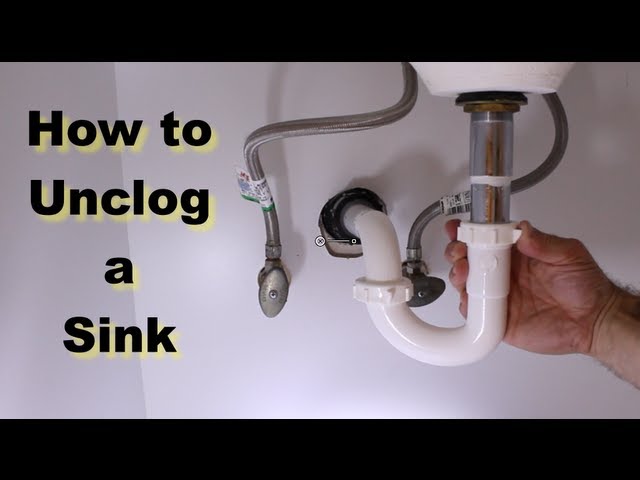
















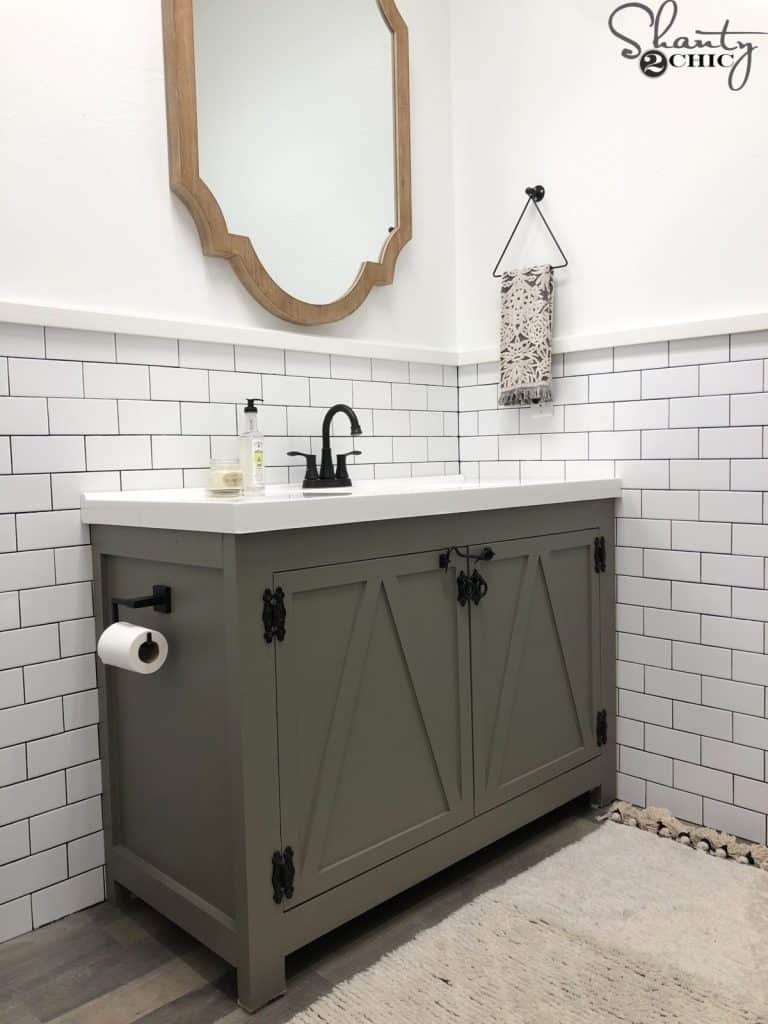











:max_bytes(150000):strip_icc()/freshen-and-unclog-drain-with-baking-soda-1900466-22-bbf940b70afa4d5abef0c54da23b1d3f.jpg)

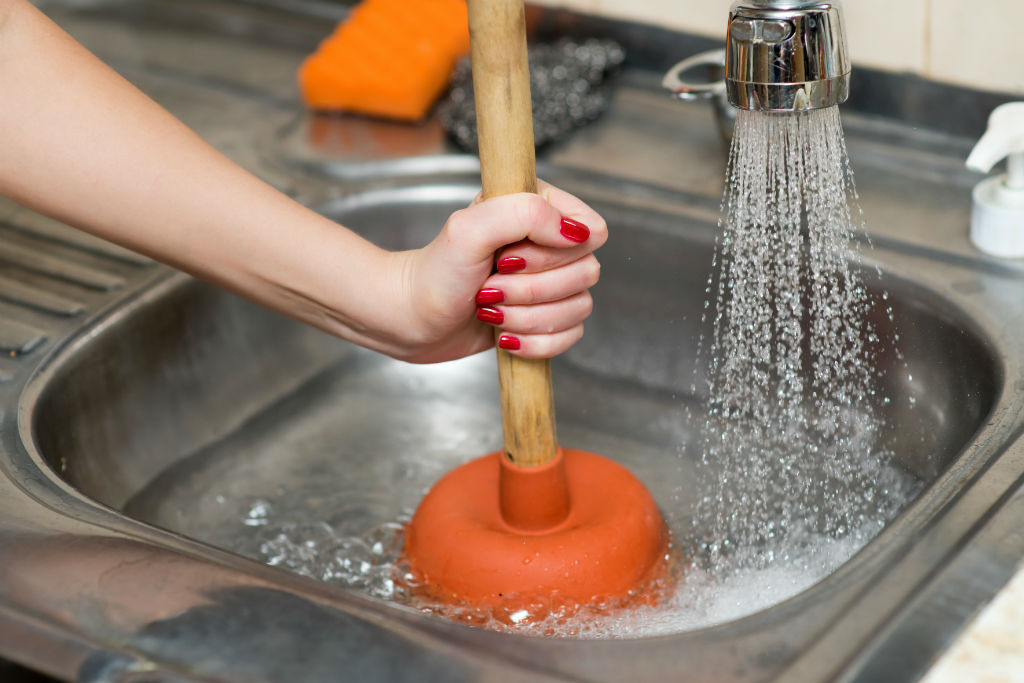
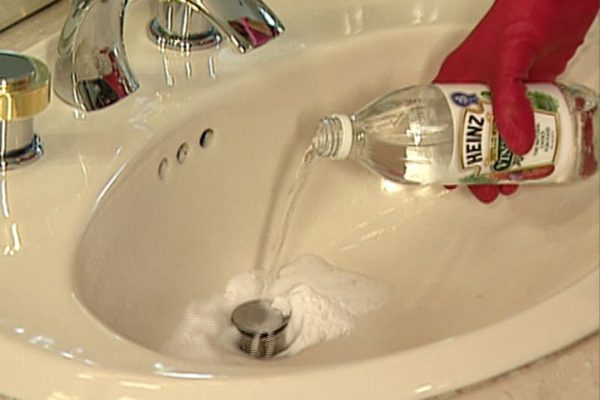

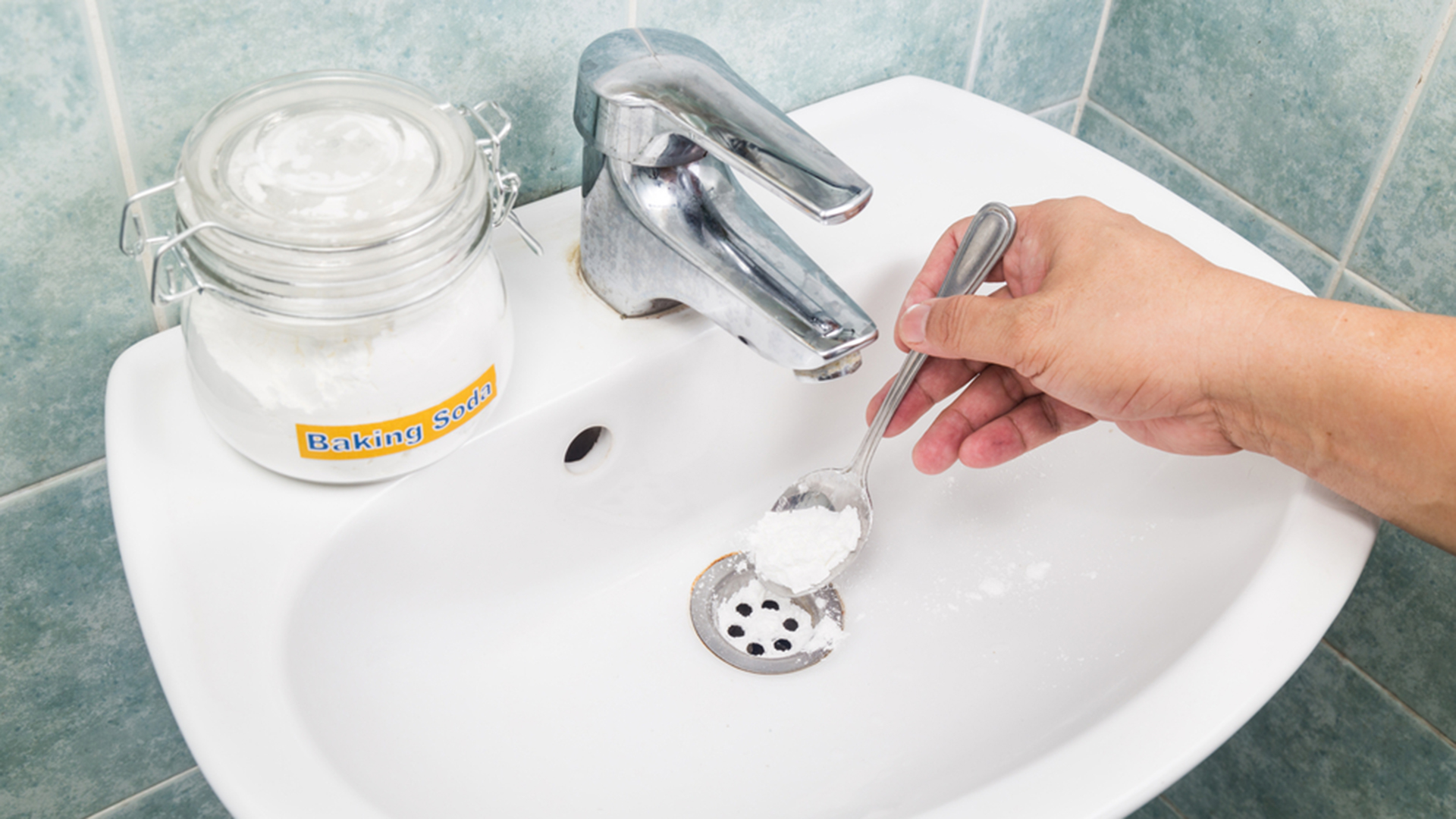






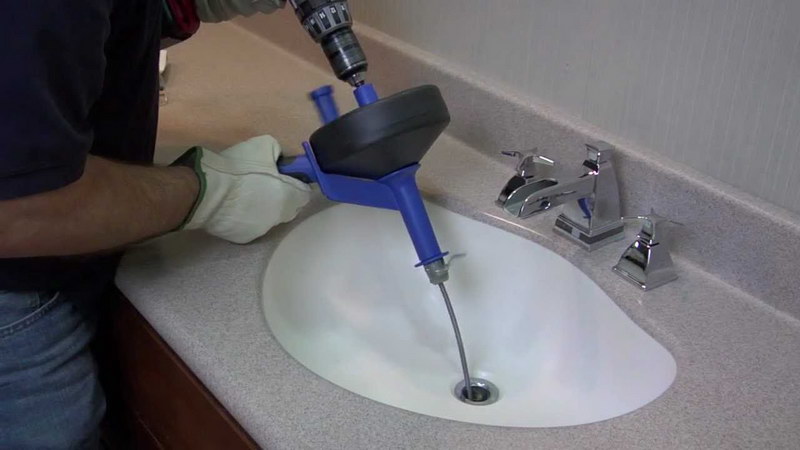
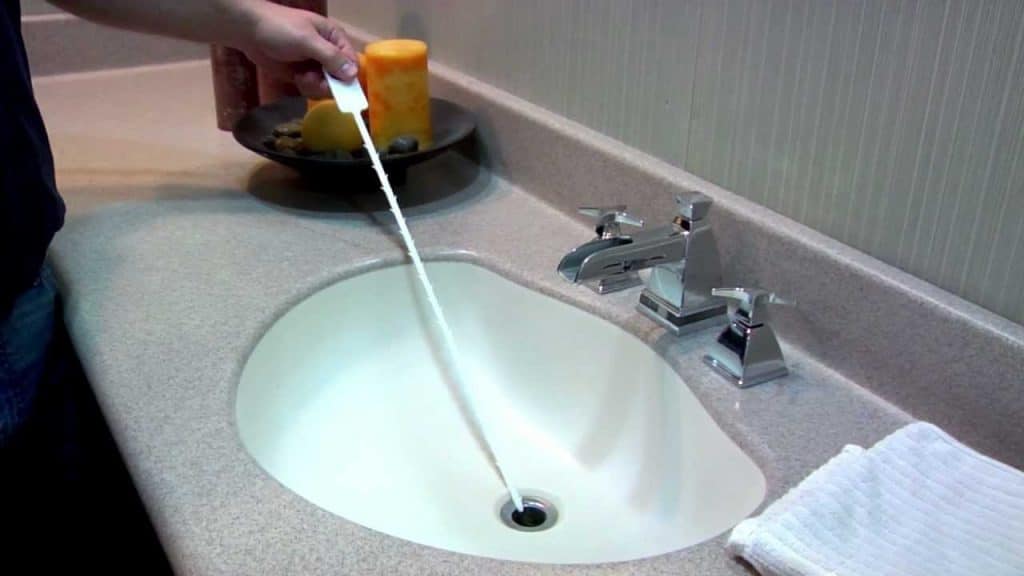
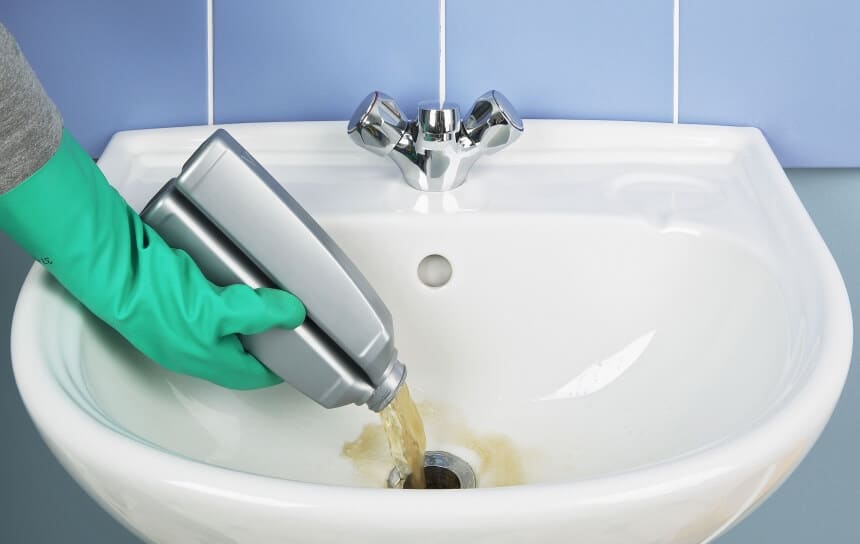
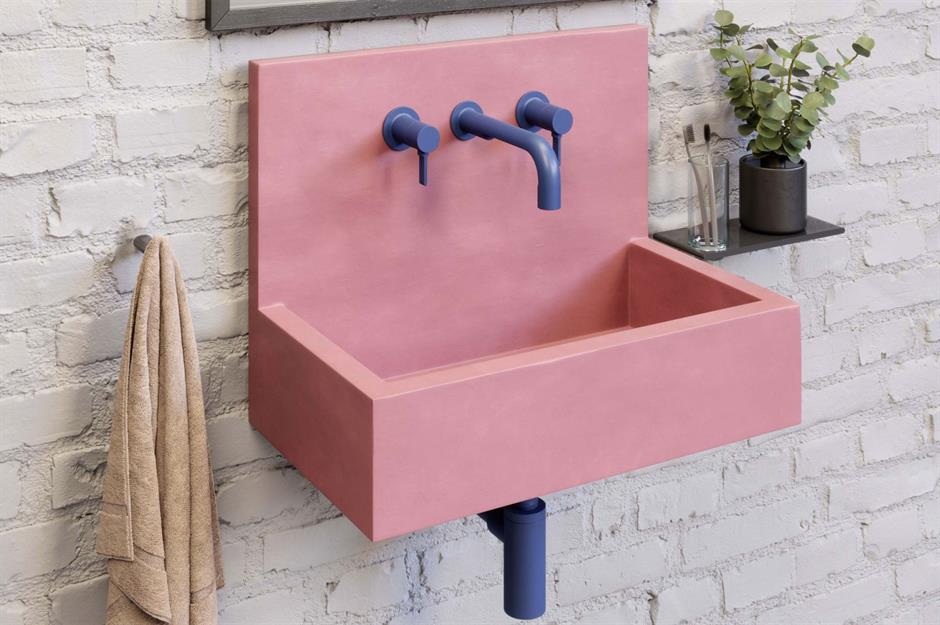
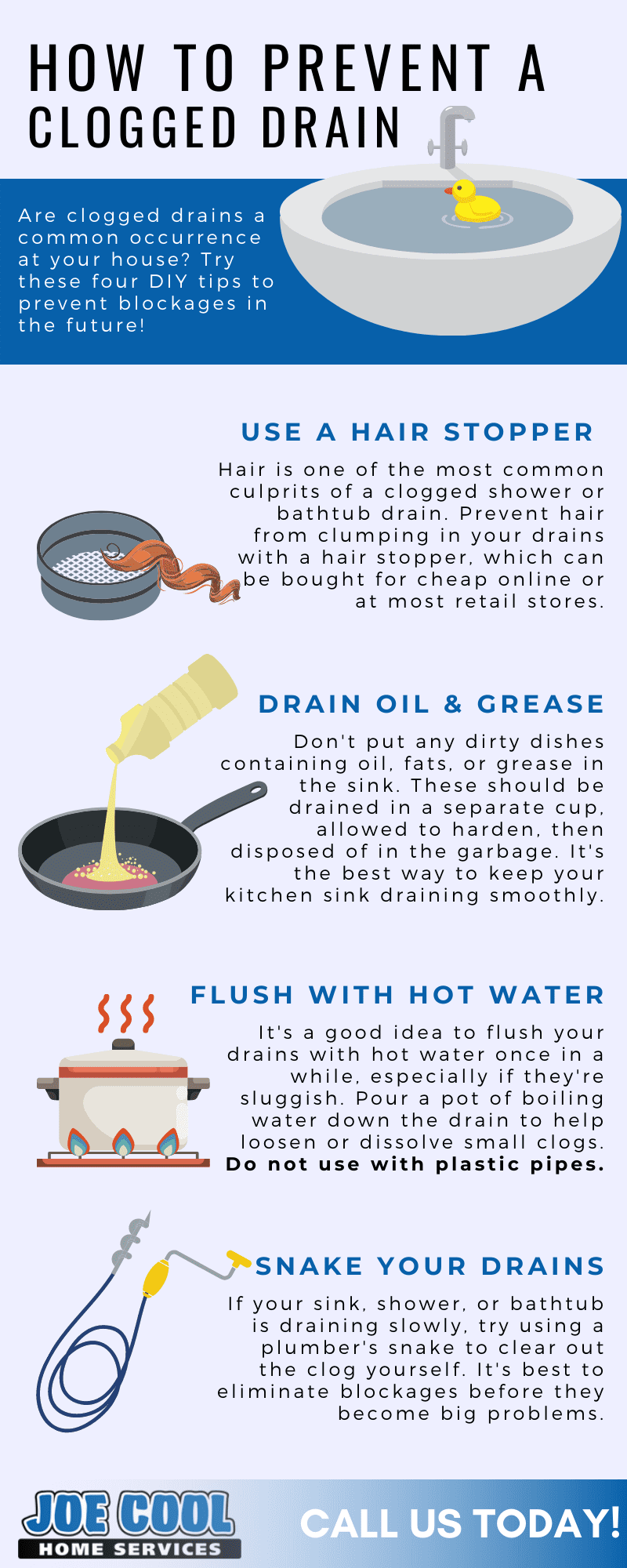



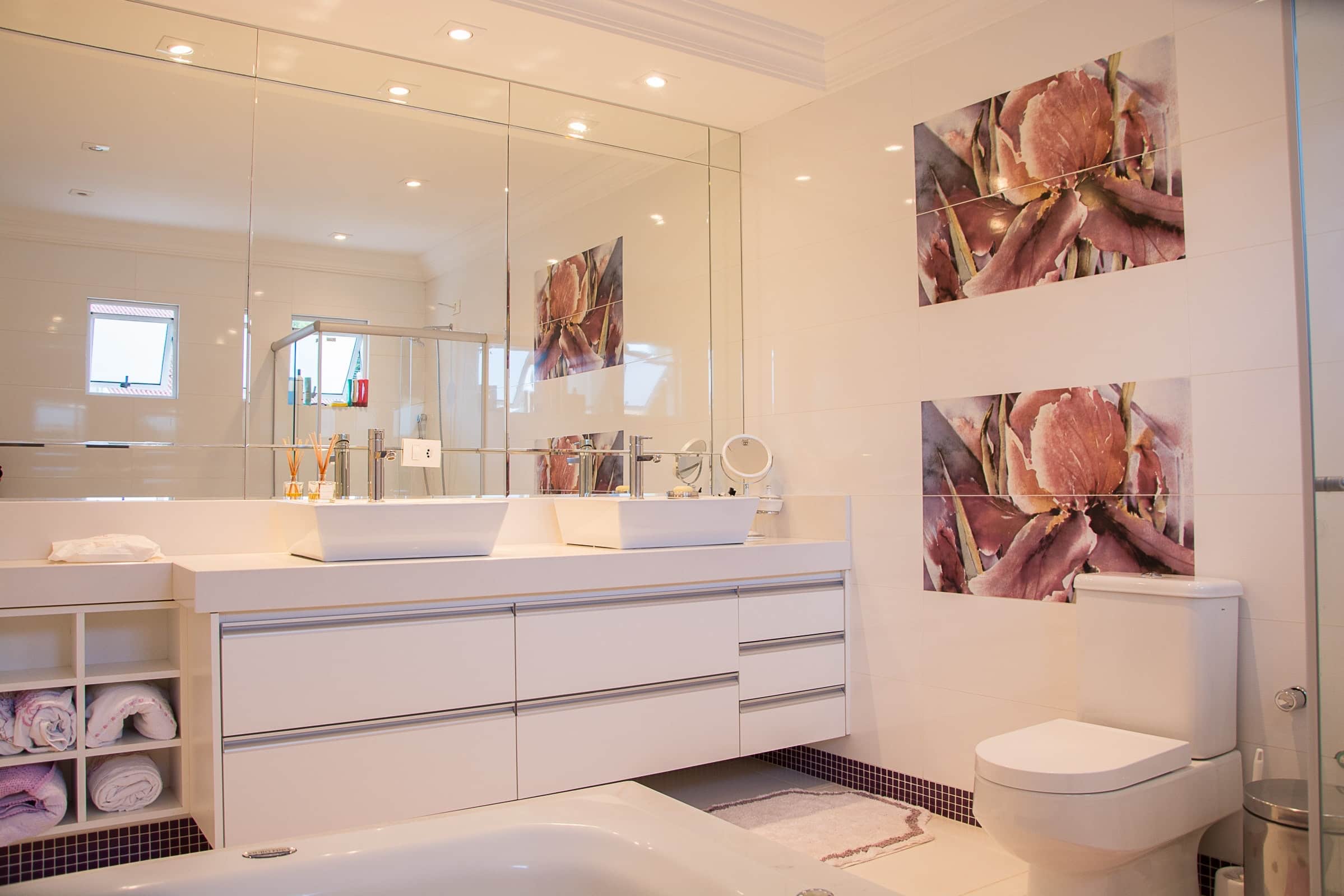





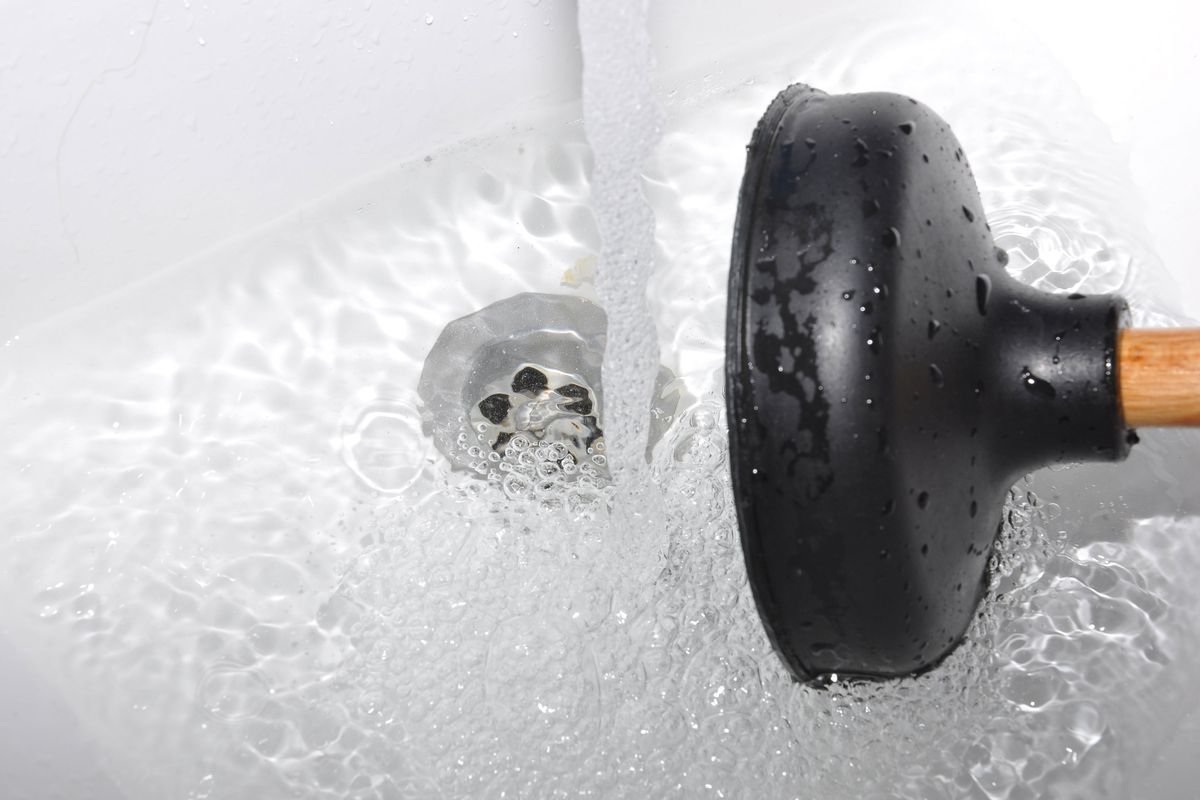
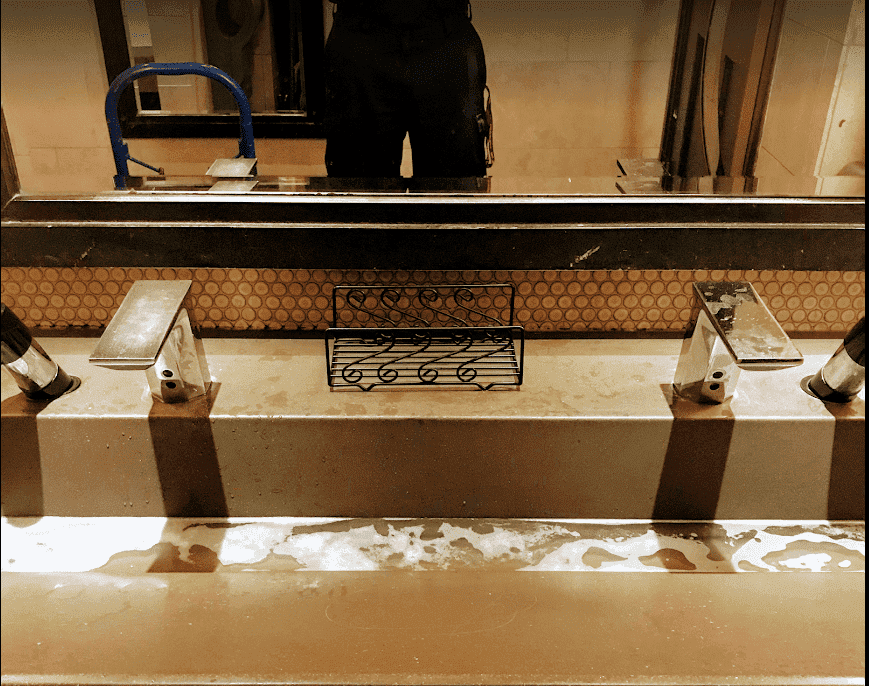





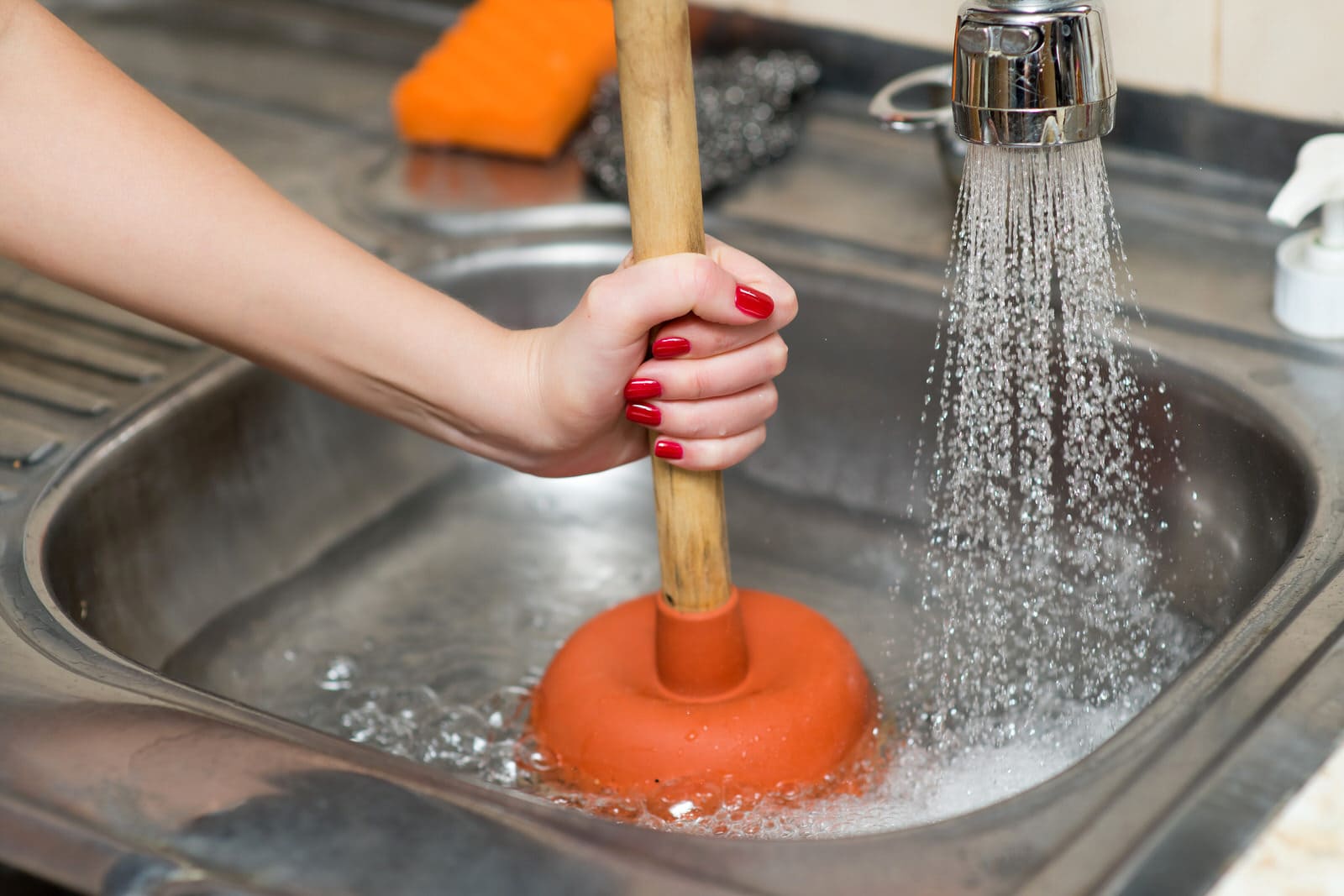








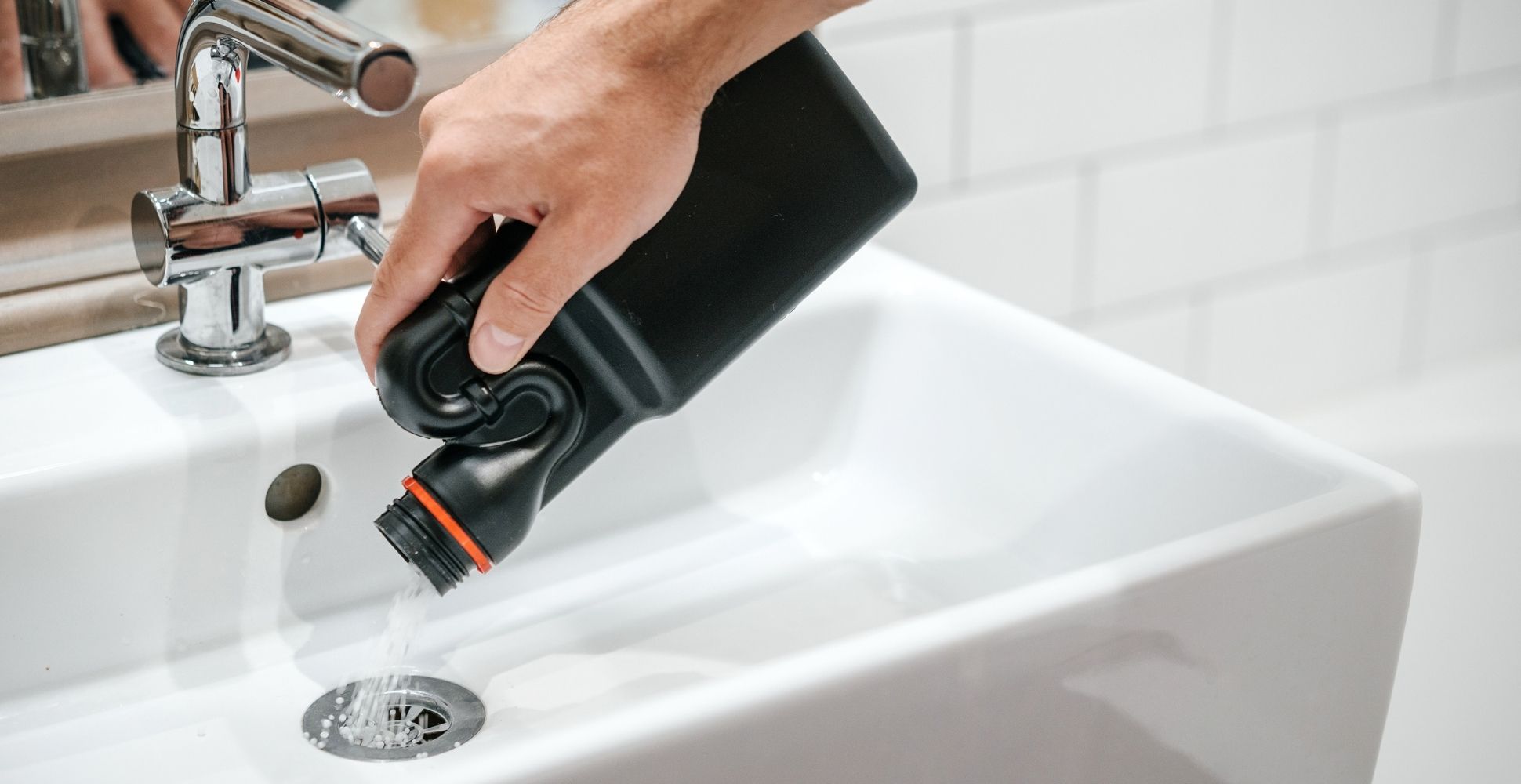




/98292130-56a12f705f9b58b7d0bcdef7.jpg)



